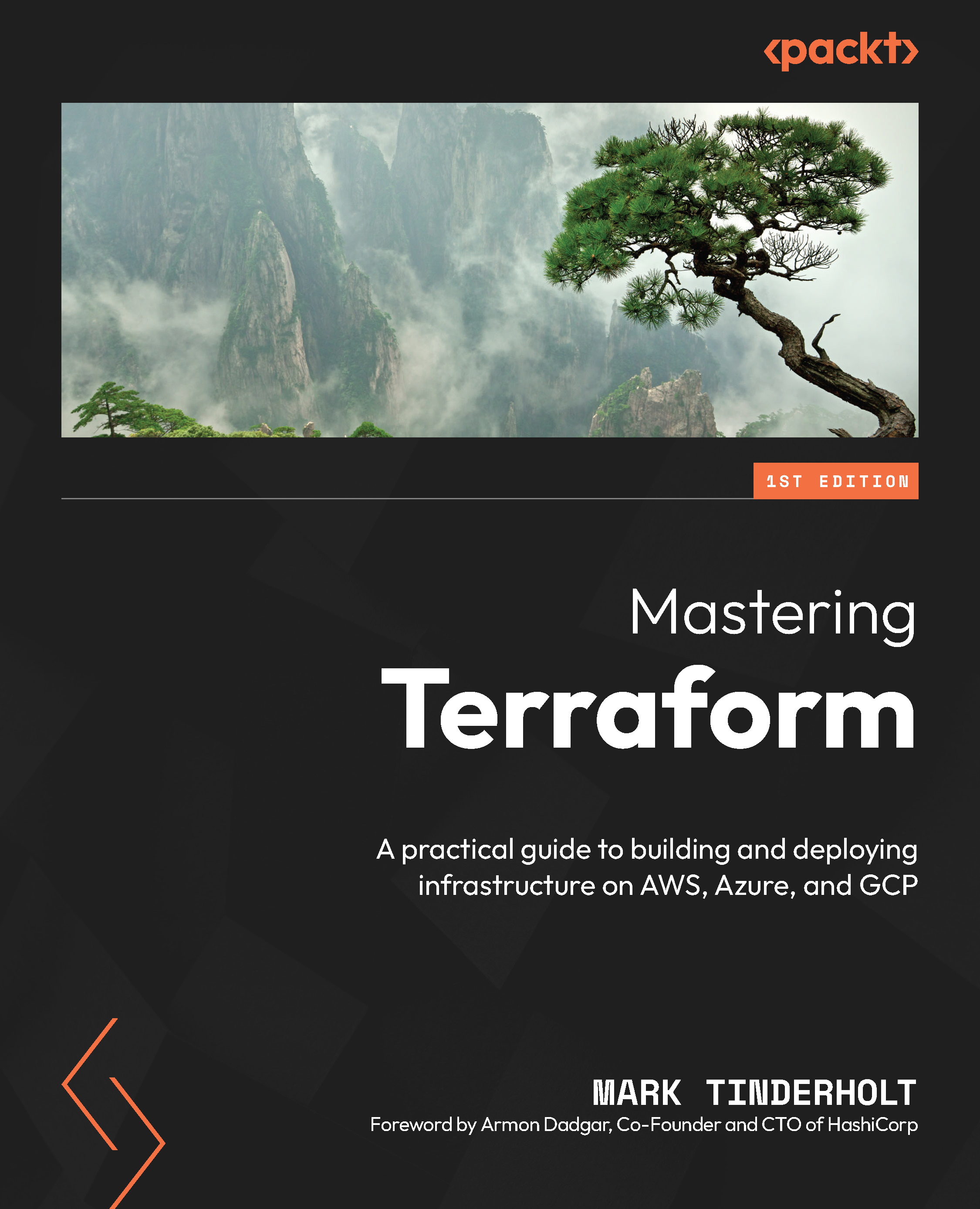Understanding Kubernetes manifests
As we discussed in the previous section, kubectl is a command-line application that can be used to either imperatively or declaratively execute commands on a Kubernetes cluster. You can use kubectl to deploy resources and inspect and manage cluster resources, among other common operational activities.
Kubernetes manifests
When deploying resources to a Kubernetes cluster, you can either use kubectl commands directly to perform operations to provision resources or use YAML manifests to define the desired state of resources and use kubectl to execute against these manifests. These two different ways of using kubectl parallel the way there are imperative ways to provision resources to cloud platforms such as AWS and Azure through their respective command-line applications and the way Terraform provisions the desired state of resources during terraform apply.
When you’re using kubectl commands directly, you’re giving instructions...

































































